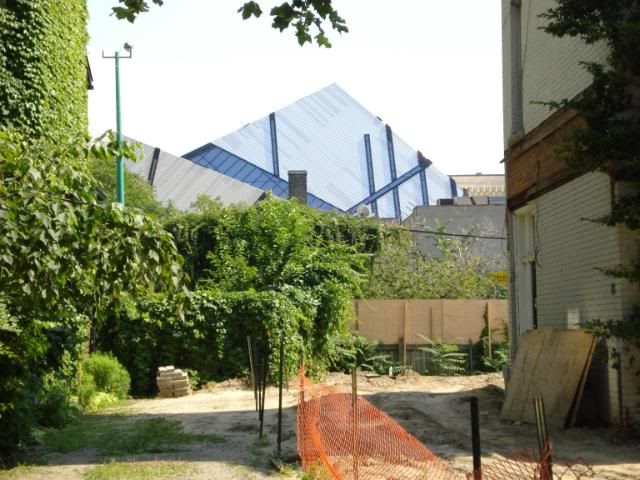Alas, Mongo, you've got it backwards. The previous emphasis was on dioramas ( remember those dinos in their fake fibreglass "environments"? ), but the renovated ROM puts the objects themselves centre stage. The Dinosaur and Mammals galleries in the Crystal are good examples - there are more old bones on display than ever.
There's an article in the current ROM magazine that explains how this new approach was applied to the display of the Islamic collection on level C3, for example. When she spoke at the ROM Colloquium this February, curator Lisa Golombek explained that, "dioramas prejudice the message" - and this approach, of placing emphasis on the objects themselves, has been taken in the renovated Museum galleries and those still under renovation in the heritage buildings.
In the renovated wings, over 30 per cent of the objects on display in the Chinese galleries are new or haven't been seen before, there's a new Chinese architecture gallery, and new gallery for temporary exhibitions of Chinese artifacts. As a result of the space liberated by the construction of the Crystal, the Gallery of Japan has been expanded, and a new Korean gallery added.
I think that removing the historically inaccurate pseudo-Chinese timbered ceiling in the Bishop White Gallery, and replacing the "devotional' atmosphere by letting light in, should be seen as part of the same approach - of allowing the objects to speak for themselves. Curator Klaas Ruitenbeek has pointed out that the previous processional effect created by the placement of the Ming Tomb objects in the old Terrace Galleries was, in any case, historically inaccurate.
The addition of the Crystal has liberated space in the 1933 wing for a proper installation of the Canadian First Peoples collection, most of which was in storage for a generation.
